|
|
|  DSH 624/07: R/ L) M1 U! j0 _/ c5 S+ [2 u. o DSH 624/07: R/ L) M1 U! j0 _/ c5 S+ [2 u. o
6 v2 e+ u* s- z* l: X* r; x. p
| Humidity test requirements
8 u9 ~3 u! Y, Z; b( p; g | Various9 r3 g; h8 }, _9 p+ B( g8 M l
| 60335-1(ed.4);am1;am2 & 61010-1(ed.2) & 60601-1(ed.3) & 60950-1(ed.2) & 60065(ed.7);am1* e' W8 q$ e, D
|
% W4 h! X6 L; M' U# XQuestion: Various IEC standards have requirements for humidity/temperature conditioning, but have different specifications for the test conditions. x9 V( x+ v' O( _1 F
IEC 60065 – 93 +2%/-3% (t 30°C +0/-2°C), |4 w9 u! r: }% _* p
IEC 60950-1 – 91% - 95% (t 20-30°C +/-1°C)
: c g0 O( S0 {6 TIEC 60601-1 – 93 + 3%/-3% (t 20-30°C)
b% e0 p8 Z4 [IEC 61010-1 – 92,5 + 2,5%/-2,5% (t 40°C +/- 2°C)* R4 `# j, o( a4 r' S. O4 n* T
IEC 60335-1 – 93 + 3%/- 3% (t 20-30°C +/-1°C)2 V8 C) V1 z1 s2 m4 i
There does not seem to be a technical justification for the differences in the specifications.
( E, I' ^) X; H8 aAccordingly, it is suggested and recommended that the humidity/temperature specifications in the above standards be consistent.5 d7 r# o6 F7 A+ Z( J! r
Decision: The chamber is to be set at 93% RH, with +/-3% RH tolerance, at a convenient temperature between 20°C and 30°C, but the chosen temperature to be kept within +/- 2°C during the test.
^; f9 {: P, P" A4 }: m( iThe standard specifications for the humidity are to be met at the reference/measuring point, where the controlling humidity sensor is located.
; M7 E- v& \& I0 r7 @8 M+ N9 T4 I7 ?The tolerances permitted in CTL DSH 251A (+/-6% RH) are allowed in other parts of the humidity chamber, away from the reference point.8 o. e, A3 K# G) h/ i: J, A+ N
8 s) V; h/ N. N* z3 X
0 q6 a O) T8 t2 D {, A# g& U! a; z) p
' g4 O* F$ ` Z0 @1 | W) i
|
本帖子中包含更多资源
您需要 登录 才可以下载或查看,没有账号?注册安规
x
|



 窥视卡
窥视卡 雷达卡
雷达卡 发表于 2012-9-8 17:39
发表于 2012-9-8 17:39
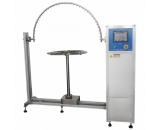

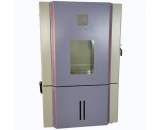

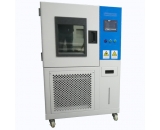

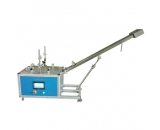

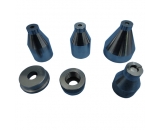






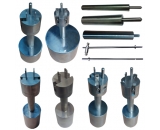
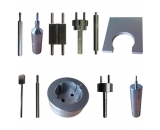
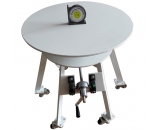
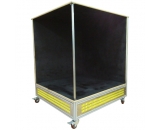

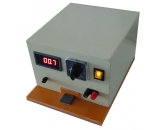
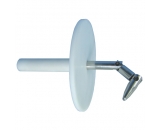
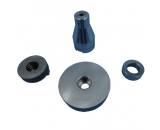
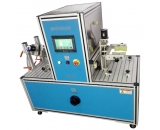
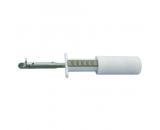
 提升卡
提升卡 置顶卡
置顶卡 沉默卡
沉默卡 喧嚣卡
喧嚣卡 变色卡
变色卡 抢沙发
抢沙发 千斤顶
千斤顶 显身卡
显身卡













